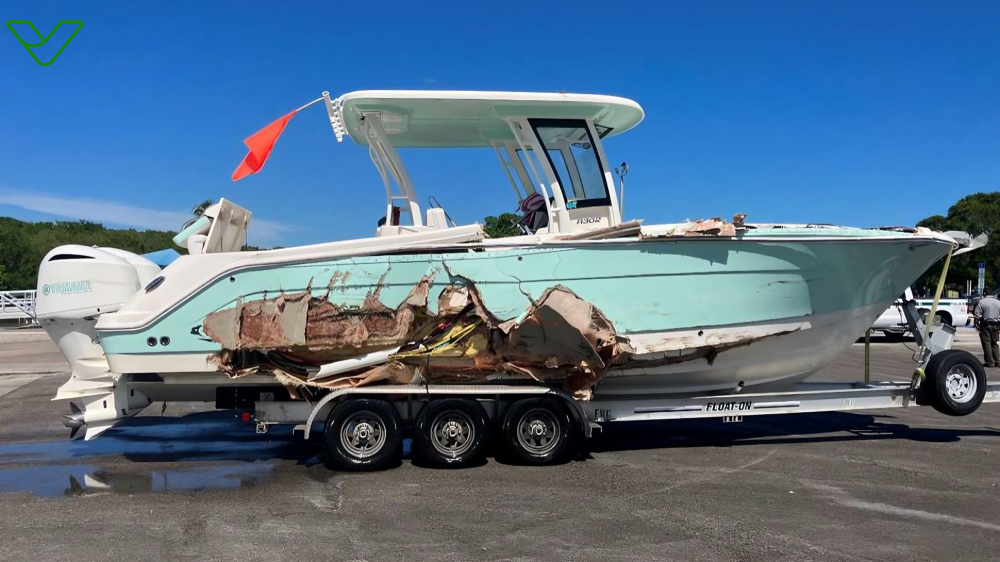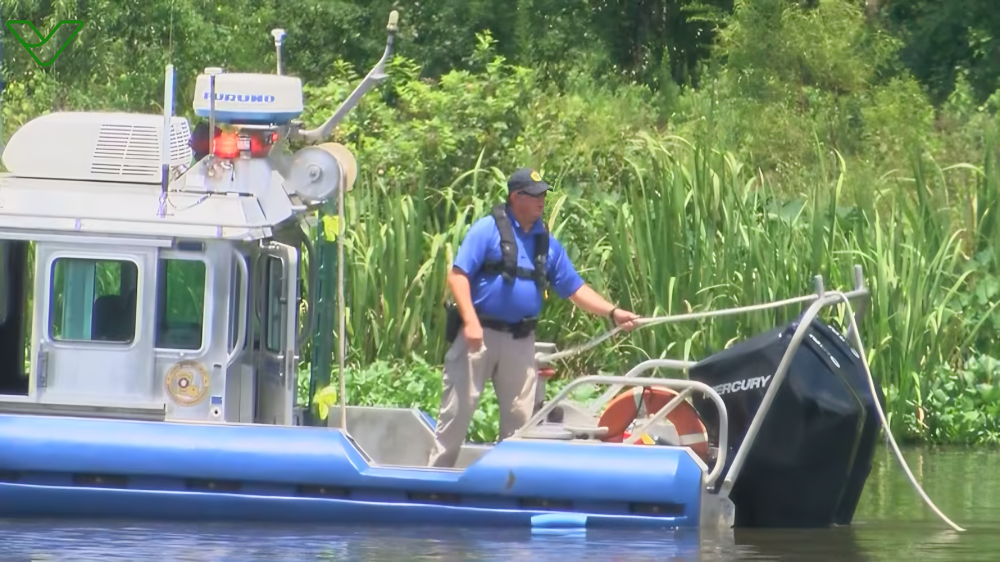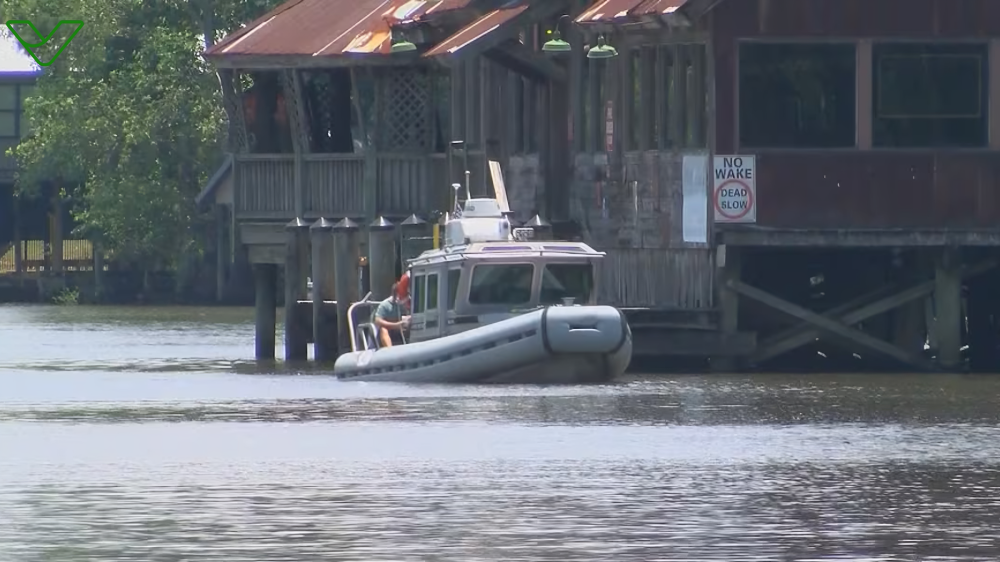Introduction
The Tickfaw River Boating Accident has stirred significant concern among local residents and boating enthusiasts, highlighting the need for greater awareness of safety measures in recreational boating. This incident not only raises questions about the events that transpired on that day but also serves as a crucial reminder of the responsibilities that come with operating a vessel. In this comprehensive analysis, we will explore the key facts surrounding the Tickfaw River Boating Accident, aiming to provide insights that may help prevent future tragedies.
Background of the Tickfaw River
The Tickfaw River winds through southeastern Louisiana, offering picturesque landscapes and rich biodiversity. It’s a favored spot for fishing, boating, and camping, drawing crowds looking to connect with nature. However, this serene environment can quickly turn dangerous when safety protocols are overlooked. Understanding the river’s characteristics and common usage patterns is vital to comprehending the Tickfaw River Boating Accident.
Geographic Features
The river’s winding paths and various tributaries can pose navigational challenges, especially during peak seasons when boat traffic increases. Many boaters may be unfamiliar with the area, leading to accidents caused by inexperience or lack of knowledge about the river’s conditions.
Overview of the Boating Accident
On the day of the Tickfaw River Boating Accident, several vessels were navigating the waters when a collision occurred, resulting in severe consequences. Eyewitness accounts reveal that the chaos unfolded rapidly, and many boaters were caught off guard.
Timeline of Events
Understanding the sequence of events leading up to the Tickfaw River Boating Accident is crucial. Reports indicate that the incident occurred during peak afternoon hours, typically a busy time on the river. The timeline includes moments leading to the accident, such as interactions among boaters, and possible mechanical failures that may have contributed to the tragedy.

Key Facts Surrounding the Tickfaw River Boating Accident
Date and Time of the Incident
The incident took place on a Saturday afternoon when the river was particularly crowded. This detail raises concerns about the effects of high traffic on boating safety and the potential for collisions.
Conditions at the Time
Despite the clear weather, the river was congested with various types of watercraft. Such conditions can exacerbate the risk of accidents, emphasizing the need for caution and adherence to safe boating practices.
Casualties and Injuries
The Tickfaw River Boating Accident resulted in numerous injuries and tragic fatalities. Reports detail the emotional impact on families and the broader community, showcasing the devastating consequences of boating accidents.
Emergency Response
The rapid response of emergency services played a critical role in managing the aftermath of the Tickfaw River Boating Accident. First responders faced challenges such as difficult access points and the need to coordinate with multiple agencies to assist those affected.
Investigative Findings
Investigations into the Tickfaw River Boating Accident are ongoing, focusing on factors like operator error, alcohol use, and compliance with safety regulations. Initial reports suggest a combination of negligence and environmental factors that led to the incident.

Legal Implications of the Tickfaw River Boating Accident
As families seek justice, legal ramifications may follow the Tickfaw River Boating Accident. Potential lawsuits may focus on issues of negligence, operator accountability, and the adequacy of safety measures in place at the time of the incident. These legal outcomes could lead to significant changes in boating regulations and enforcement in the region.
Community Reactions and Safety Awareness
The Tickfaw River Boating Accident has sparked discussions within the community about the need for improved safety measures. Residents are advocating for:
- Increased Patrols: Calls for more law enforcement presence on the river to monitor boating activities and enforce regulations.
- Safety Campaigns: Community-led initiatives aimed at educating boaters about safe practices, the importance of life jackets, and sober operation.
- Memorials and Tributes: Efforts to honor the victims through memorials that serve as reminders of the risks associated with boating.
Safety Recommendations for Boaters
In light of the Tickfaw River Boating Accident, several safety recommendations could help reduce the likelihood of similar incidents in the future:
Always Wear Life Jackets
Ensuring that all passengers are wearing properly fitted life jackets is the most effective way to increase safety in the water.
Designate a Sober Driver
Boating beneath the influence significantly impairs judgment and reaction times. Operators should designate a sober driver for their vessel.
Maintain Proper Distances
Keeping a safe distance from other vessels and avoiding crowded areas can help prevent collisions.
Familiarize Yourself with Local Regulations
Understanding local boating laws, including speed limits and no-wake zones, is essential for safe navigation.
Equip Your Vessel with Safety Gear
Always carry essential safety equipment, such as fire extinguishers, first-aid kits, and signaling devices.

The Role of Education in Preventing Future Accidents
Education plays a crucial role in preventing future tragedies like the Tickfaw River Boating Accident. Boating safety courses should be promoted to ensure that all operators understand the responsibilities that come with their licenses. Topics such as navigation, emergency response, and maintenance should be covered extensively.
Partnerships with Local Organizations
Collaboration between local governments, boating organizations, and safety advocates can enhance outreach efforts. Initiatives might include:
- Safety Workshops: Hosting regular workshops focusing on boating safety and emergency preparedness.
- Youth Programs: Engaging younger audiences with programs designed to instill safety practices early on.
More: Reddit
Conclusion
The Tickfaw River Boating Accident is a tragic reminder of the potential dangers that come with recreational boating. By examining the key facts surrounding this incident, we can learn valuable lessons that will help promote safety and responsibility on our waterways. As communities come together to remember those affected, it is vital to prioritize education and safety measures to prevent such accidents from occurring in the future. Only through collective awareness and action can we ensure that our rivers remain safe for everyone to enjoy.
FAQ: Tickfaw River Boating Accident
- What happened during the Tickfaw River Boating Accident?
- The Tickfaw River Boating Accident involved a collision between multiple vessels, resulting in significant injuries and fatalities. It occurred on a busy afternoon, highlighting concerns about boating safety.
- What were the main causes identified?
- Preliminary investigations suggest that factors such as operator error, possible intoxication, and high traffic volume contributed to the accident. Lack of adherence to safety regulations also played a role.
- How did emergency services respond?
- Emergency response teams arrived quickly on the scene, providing critical assistance to the injured. Their swift actions were essential in managing the situation and ensuring safety.
- What legal actions may follow?
- Families affected by an accident may pursue legal action against negligent operators. Lawsuits could lead to changes in local boating regulations aimed at enhancing safety.
- What safety measures can boaters take?
- Boaters should wear life jackets, avoid alcohol consumption, maintain safe distances from other vessels, and ensure their boats are equipped with necessary safety gear. Education on local regulations is also crucial.










